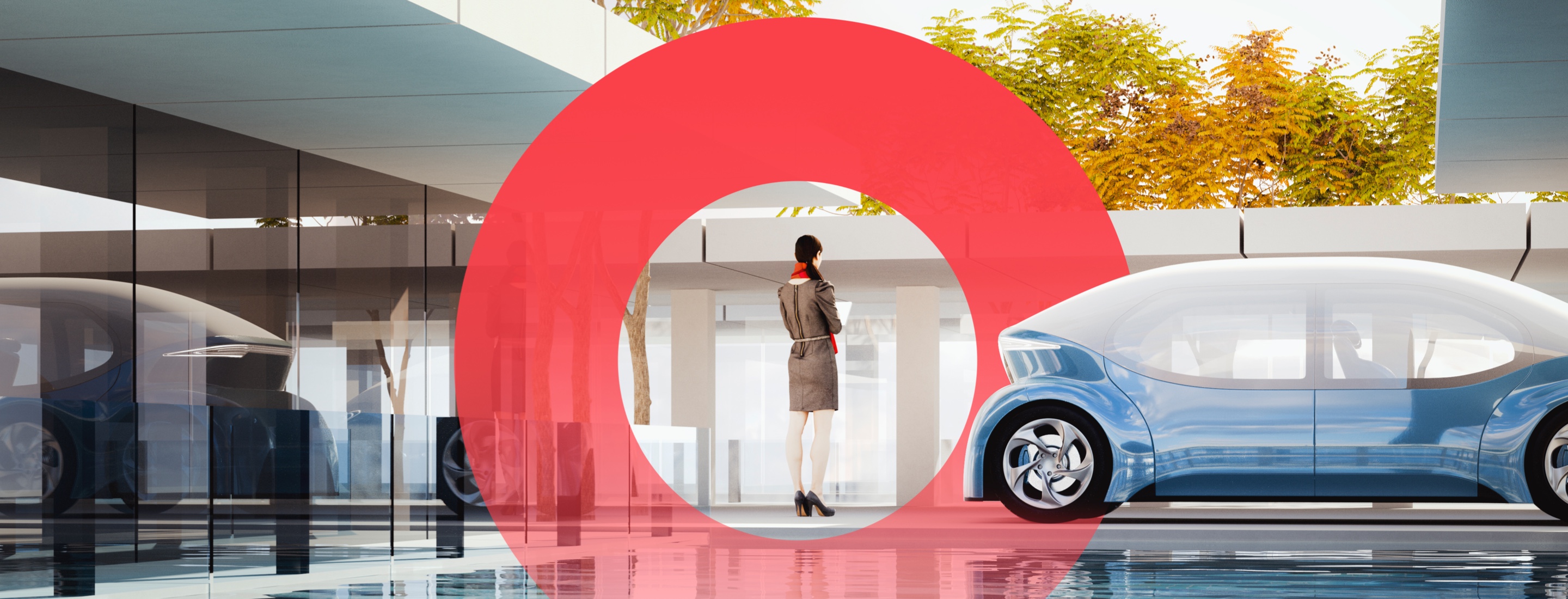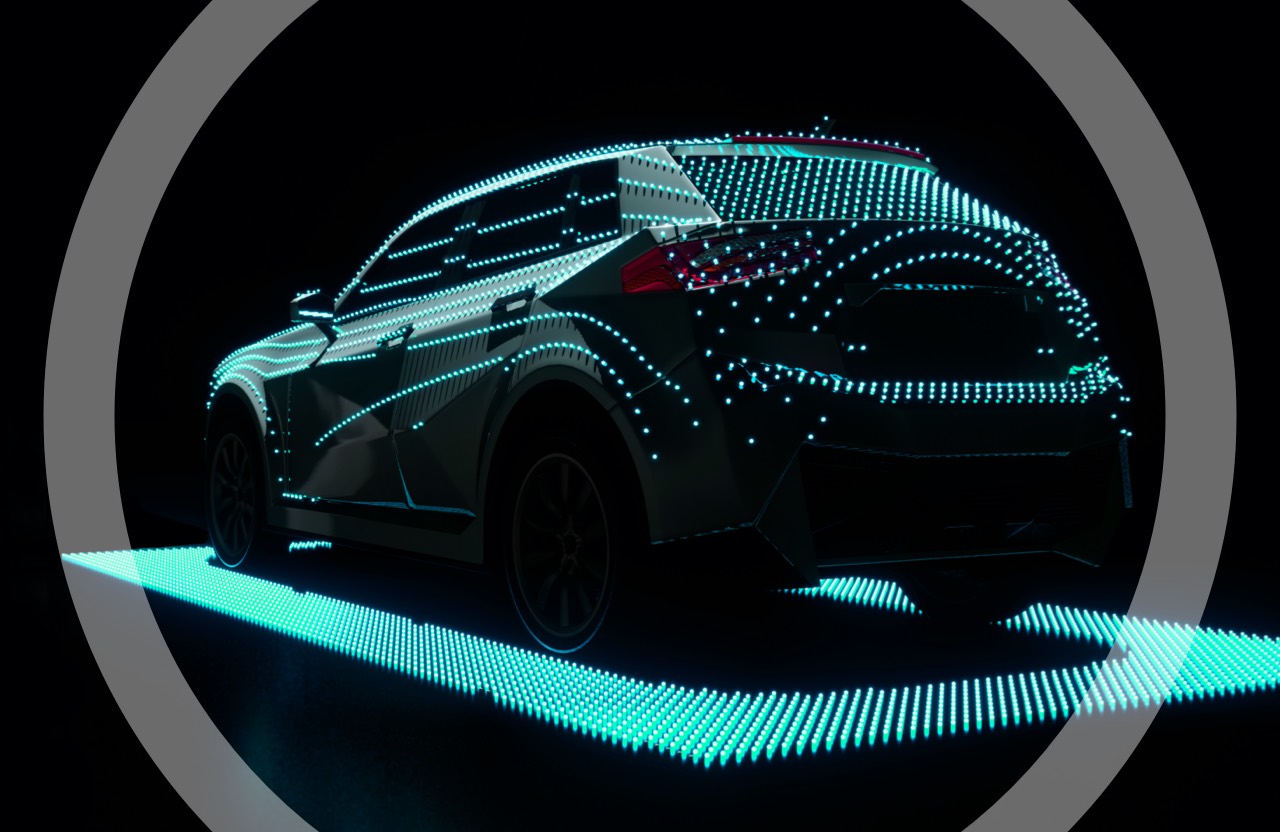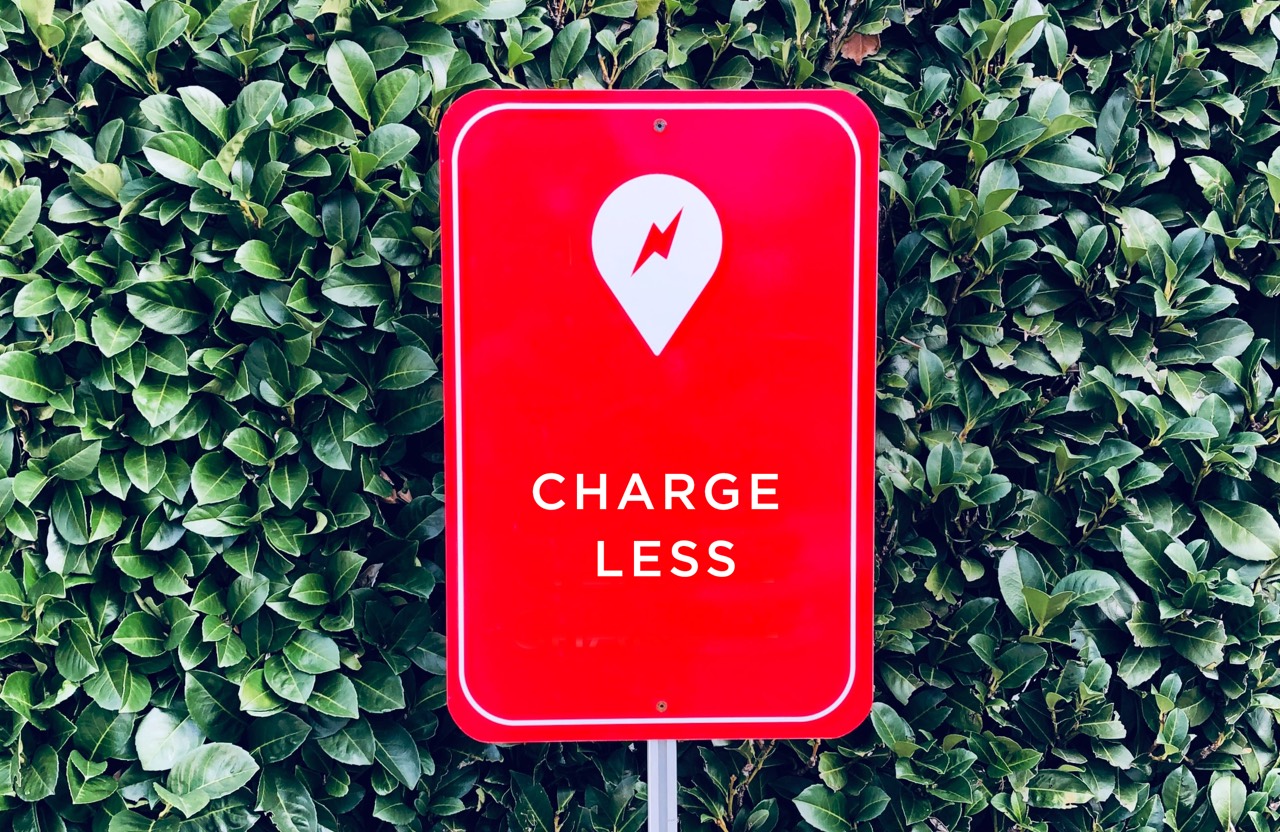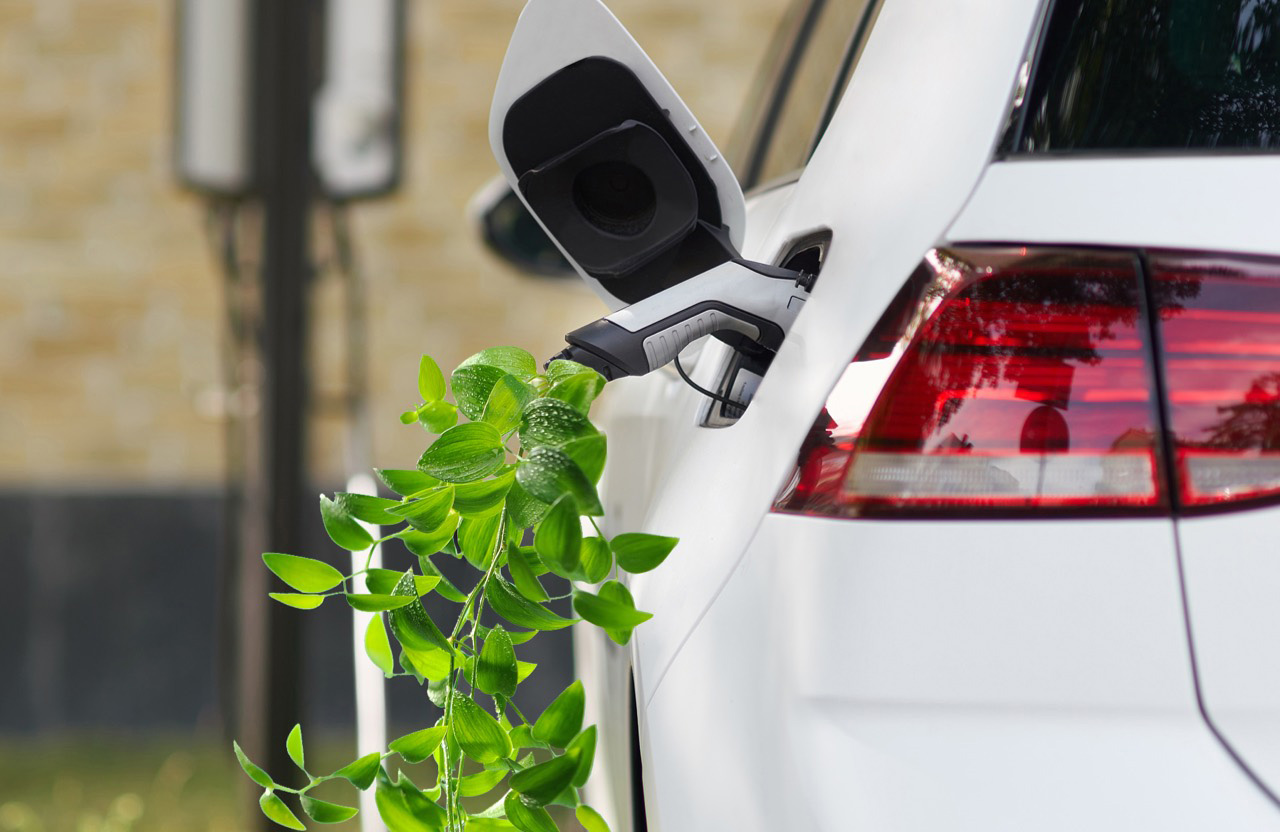What issue can we solve for you?
Type in your prompt above or try one of these suggestions
Suggested Prompt



Transportation & Mobility
Emerging Technologies in Connected Cars: Top Innovations and Industry Leaders
The demand for connected cars is on the rise, and manufacturers must keep pace with emerging trends to stay competitive.
Although connected cars have been around for over 20 years, the market experienced accelerated growth in the past 5-8 years, prompting original equipment manufacturers (OEMs) to compete for additional value and explore new ways to monetize by offering premium services.
The potential for revenue generation is significant, especially with the rise of electric vehicles (EVs) and the wealth of data that can be collected from them to improve the customer experience.
Based on our analysis, below are the most promising avenues for vehicle connectivity and top players in each category.

Usage-based insurance
Usage-based insurance (UBI) represents one of the largest value pools for additional revenue for OEMs. The trend toward personalized insurance packages based on driving behavior is expected to become standard in the next few years. UBI can be broken down into two categories: "pay how you drive" and "pay as you drive."
Pay how you drive
Utilizing vehicle telematics, "pay how you drive" determines the cost of insurance based on driving behavior. Drivers who frequently accelerate and brake harshly, yank the steering wheel, speed or exhibit reckless driving during hazardous weather conditions are assigned a higher risk score, resulting in a higher insurance premium.
Many OEMs, including Ford, GM, Kia, Hyundai, Mercedes-Benz, Stellantis, Toyota and Volkswagen, have partnered with insurance providers to offer UBI, preferring partnerships due to significantly different regulations and business models in the insurance industry.
Nevertheless, some manufacturers have developed their own insurance models. For example, Tesla provides its own insurance, and Volvo bundles insurance with other practical services under a single monthly subscription. Similarly, Daimler’s new electric EQC SUV offers comprehensive insurance, covering home charging equipment, cables and batteries, bundled into a monthly subscription.
Pay as you drive
With "pay as you drive" insurance, the cost of insurance is calculated based on the actual usage of the vehicle. For instance, drivers who require additional on-demand insurance for a ski trip or for a rental period can purchase this type of insurance.
With the decline in car ownership and the growing popularity of short-term mobility formats, there’s an opportunity for third parties like SIXT, Lemonade and other insurance disruptors to offer more short-term insurance options for drivers. Some third parties may also provide umbrella mobility insurance options that are not tied to a specific vehicle.
New mobility solutions will change the game, and there is still much to be learned about how insurance can adapt to this model. OEMs equipped with the necessary connected car data are poised to innovate and capitalize on this opportunity.

Predictive maintenance
Predictive maintenance for connected cars involves analyzing data from sensors and other sources to identify patterns and trends that may indicate potential issues with the vehicle. By predicting when maintenance or repairs are needed, issues can be resolved before they cause a breakdown or failure, enhancing vehicle safety.
While not a new area of connectivity, predictive maintenance is not as established as some may think. At present, it’s mainly used in the manufacturing process. However, there are several aftermarket products claiming to offer predictive maintenance capabilities for vehicles in the field.
Passenger vehicles
Predictive maintenance in passenger vehicles goes beyond traditional upkeep, with features like tire monitors, smart oil sensors and mileage tracking becoming commonplace.
The future of predictive maintenance involves even more detailed data that can be leveraged to improve the customer experience. For example, if a car is involved in a crash, it will automatically contact the dealership and order all necessary parts, saving the driver time on diagnostics and parts logistics.
By utilizing onboard data, OEMs can proactively repair and replace parts, which promotes OEM servicing and helps preserve the residual value of leased vehicles that will eventually be returned to the OEM. Predictive maintenance is also useful in preventing recalls and fostering customer relationships with OEMs and dealers over the lifespan of a vehicle.
In passenger vehicles, Tesla leads the way in offering predictive maintenance at scale. Its prescriptive features enable drivers to order and replace parts before they fail, preventing on-road breakdowns and reducing wait times by pre-ordering parts ahead of service appointments.
Vehicle fleets
Fleet vehicles have distinct usage patterns that differ greatly from those of personal vehicles. For instance, delivery vans are subject to frequent door slamming, brake wear and tear and maneuvering around driveways. For fleet owners, the ability to detect issues early and prevent recalls is a significant advantage.
Daimler and Volvo Trucks are among companies that have been offering predictive maintenance systems for commercial vehicles for some time, at varying levels of sophistication. While most systems can transmit fault codes and action plans when anomalies are detected, accurately predicting issues before they occur will rely on the power of machine learning. OEMs, suppliers and startups are currently developing this technology to boost vehicle reliability, customer retention and brand reputation.

Aftersales
Despite its potential, the aftersales segment of the OEM business has yet to achieve its anticipated revenue.
The aftersales period typically spans 2-3 years following a vehicle purchase, until the end of its warranty. During this period, automakers are aiming to increase their interaction with car owners by providing servicing and hardware options, while also taking into account the significance of dealerships in the process.
Service marketplace
The potential for aftersales now stretches beyond apps and services into the realm of in-car app marketplaces. Tailored service recommendations can be made based on factors such as the number of passengers, trip routing and driver habits.
For example, a business driver who commutes to work at 7 a.m. and returns home at 6 p.m. could benefit from in-vehicle solutions that provide mobile office features. Similarly, sporting event attendees could receive relevant information about promotions leading up to an event, as well as routing and parking solutions on the day of an event.
Luxury brands like Cadillac, Audi, Porsche, BMW, Daimler and Tesla are currently at the forefront of developing relevant aftersales solutions.
Pay more, play more
A recent advancement in aftersales services is the unlocking of existing software features in cars, also known as “pay more, play more.” Examples include faster charging speeds, higher battery ranges and self-driving capabilities in Tesla vehicles; remote engine start, drive recorder, parking assistance and heated seats in BMWs; and additional horsepower in Mercedes-Benz EVs.
Over-the-air (OTA) provisioning of services
Despite the increasing prevalence of OTA updates, they are not yet the norm.
At present, only a handful of OEMs possess the technical expertise to deliver consistent software and firmware upgrades to their entire vehicle fleet. Nevertheless, many automakers are equipped to offer OTA capabilities for select updates, such as those relating to infotainment and navigation, while other updates require a visit to the dealership.
For instance, BMW offers software updates that enhance its infotainment system, select Advanced Driver Assistance System (ADAS) features and the overall comfort of its vehicles. GM leverages OnStar to provide OTA updates and recently launched its Vehicle Intelligence Platform (VIP) and Ultifi, a new platform aimed at facilitating seamless updates. Volvo's Polestar provides OTA updates focused on improving EV battery efficiency and DC charging speed.
As the industry advances, automakers are expected to conduct more comprehensive OTA updates, with higher frequency and faster download speeds.

EV driver experience
Currently, much of the EV driving experience revolves around mitigating range anxiety. To address this, automakers are investing in fast-charging infrastructure and developing solutions that utilize EV battery data, driving behavior data and other factors to offer timely charging solutions and minimize disruption to the driving experience.
One recent example is Renault's creation of Plug Inn, an AirBnb-style peer-to-peer charging network located in France's remote villages. Private owners in the ecosystem offer drivers the option to charge vehicles at their home, driveway or street. This initiative addresses the issue of limited charging infrastructure, particularly in remote regions worldwide.
Across Europe and the U.S., automakers are building a network of DC fast chargers. Examples include Tesla's Supercharger network, VW Group's Electrify America fast-charging stations and the IONITY joint venture between BMW, Mercedes-Benz, Ford, Volkswagen and Hyundai. Renault and Mercedes have announced plans to construct fast-charging networks over the next few years.
Automakers are also exploring payment methods to improve the charging process. Charger manufacturers such as ChargePoint, Blink and Vestel have incorporated digital features that calculate charging expenses based on the amount of electricity supplied to the battery, as opposed to the amount of time the car is plugged in. Industry players are also exploring payment methods to enhance the charging experience, such as subscription charging or partnership discounts with gas stations and grocery stores.

Data Marketplaces
A number of OEMs have attempted to monetize vehicle data by selling it externally, but this approach hasn’t warranted the expected returns. Profitability is an ongoing concern for data aggregator companies such as Wejo and Otonomo.
A key challenge involves cleaning, standardizing and packaging the data in a way that allows external parties to use it effectively. Related to that, supplying enough data to enable external parties to gain a comprehensive overview of an entire fleet or parking ecosystem, for example, is another major hurdle.
Despite these challenges, Stellantis recently launched Mobilights, its data-as-a-service arm, with plans to license connected vehicle data to private enterprises, public-sector utilities and education and research institutions.
The time to act is now
The next decade of connected vehicles will be a turning point for OEMs, and they must act quickly to explore new opportunities, adapt and innovate in order to remain competitive. Those who do so will reap the rewards of increased revenue, customer loyalty and brand reputation. The time to act is now, and those who act swiftly will shape the future of the connected car industry.
Related Reading
-
![]()
Article
How Connected Vehicles’ Data Will Help Car Owners
Find out how people-centric data strategy can generate customer value for automotive organizations.
-
![]()
Article
5 Keys to Transforming Dealerships for an All-electric Future
In our Future of Utilities Report 2019, we look at where the industry is going, and explore how energy providers can use new.
-
![]()
Article
Join Up and Plug In Now to the EV Market– EV Trends
How robust EV ecosystem including customers, vehicles, OEMs, utilities and third parties can help move the sector forward.








